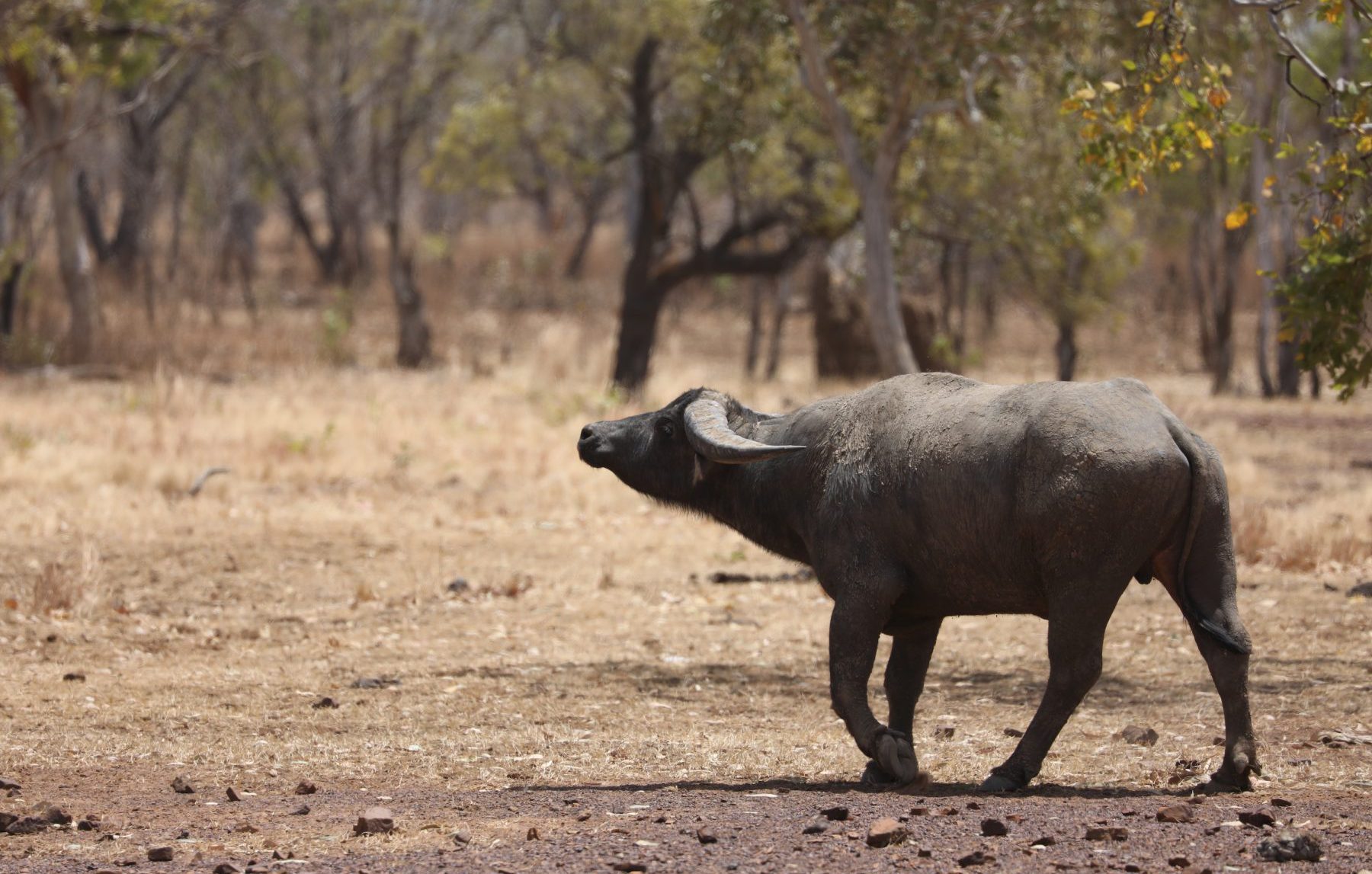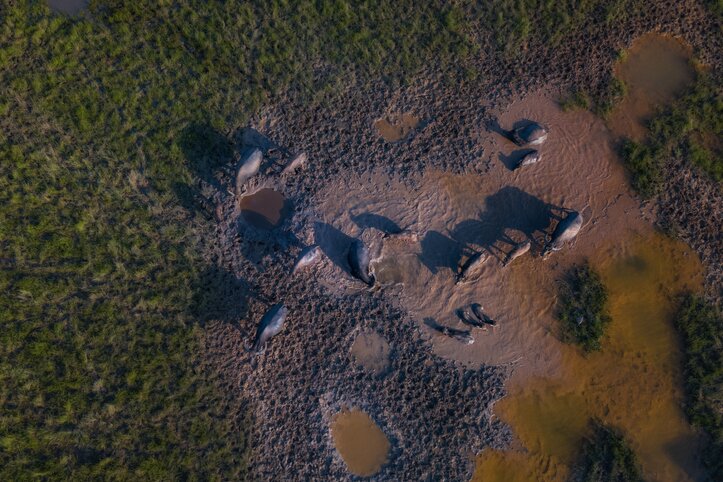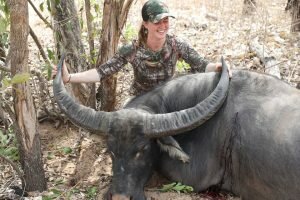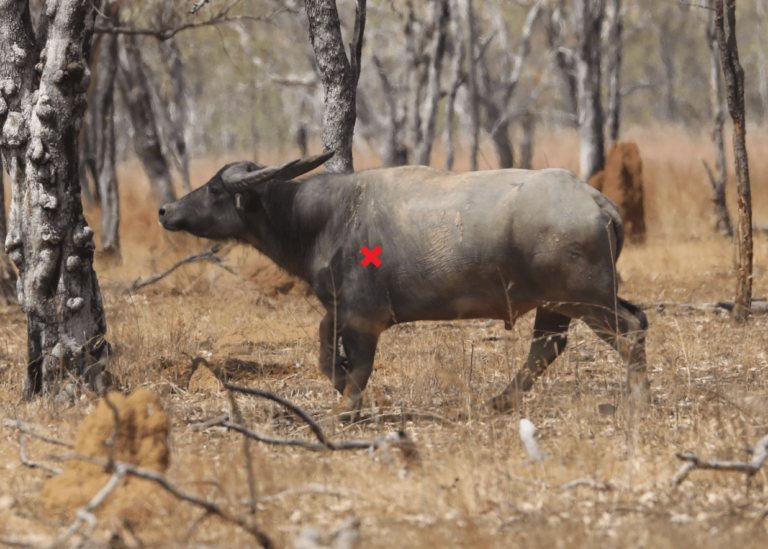
NAME
Water Buffalo
SCIENTIFIC NAME
Bubalus bubalis
RECOMMENDED FIRE POWER
Firearm - .300 win mag or larger. Bow - 70lbs DW + 800gr AW
HUNTING SEASON
June-November
WHERE TO HUNT
Northern Territory, AUS
The history of the water buffalo and population levels
The water buffalo were introduced to Australia in the early 1800s, first brought to an island off the coast of the Northern Territory for meat purposes. After the settlements in the area were abandoned in the mid 1900s, the buffalo the colonised the top of the Northern Territory in permanent to semi-permanent swamps.
In the early 1980s it was estimated that the Northern Territory had approximately 350,000 water buffalo. Although they were largely seen as a feral animal, the buffalo were still utilised for their hides, meat and as live export. In 1982, Tuberculosis was a great concern in Australia and was found the be passed from bovines like cattle and buffalo onto the humans. This concern caused the Government to pass a Policy that allowed for the extensive culling of water buffalo. It was called the Brucellosis and Tuberculosis Eradication Campaign, in which buffalo were culled to minimise the risk to any surrounding cattle or humans of contracting Tuberculosis from buffalo that had the Mycobacterium bovis bacteria.
The cull was was so large that by 2008, 26 years later, the buffalo population still had not recovered to even half what it was in 1982 at just 150,000 buffalo recorded in the NT.
Description
The water buffalo is bigger in every way than it’s African cousin, the Cape Buffalo. There are two types of water buffalo in Australia, the river buffalo and the swamp buffalo. The river buffalo have curled back horns and are a smaller-bodied sub species, while the swamp buffalo horns grow outward and form more of a semi-circle.
The swamp buffalo are the more hunted of the sub species. The swamp buffalo live in swamps and floodplains across the north of Australia. They are big-bodied and stocky – the males typically stand at around 130 cm (51 in), whereas the females stand at about 124 cm (48 in). Their weight can range from 300-550 kg (660-1210 lbs) but some have been recorded to weigh over 1000 kg (2200 lbs). A swamp buffalo’s horns can reach up to 3.1m (10ft).

Behaviour
Water buffalo thrive in hot, humid conditions. They spend most of their time in wallows, swamps and marshes trying to keep cool in the heat.
Although they are classed as ferals the water buffalo can also be beneficial; they eat mostly aquatic plants some of which being invasive species themselves. They water buffalo help to keep waterways clear of these invasive plants such as the E. crassipes.
Male water buffalo reach sexual maturity around 2-3 years old, whereas the females can start as early as 13 months. They can mate year round which means one male can impregnate up to 100 females a year. Their rate of reproduction can, however, be dependant on the weather; in years of great heat and drought their reproductive rate may decrease.
The water buffalo has a gestational period of around 11 months and you can expect the mating behaviour to continue until around the 12-13 year mark in males.

Hunting
Water buffalo can be hunted in the Northern Territory of Australia, this can be done on public land or with a guide.
Because of the sheer size and power of these animals, it is recommended that when hunting them you use a minimum calibre of .300 min mag paired with a 180 grain projectile. When bow hunting, the recommendation is to use a bow higher than 70 pounds. As for arrows, an arrow weight close to 800 grains is ideal with a double blade broadhead (Fixed blade is strongly recommended!)
Remember these animals are big and dang tough, you want your shot to have as much penetration as possible!
Shot Placement

